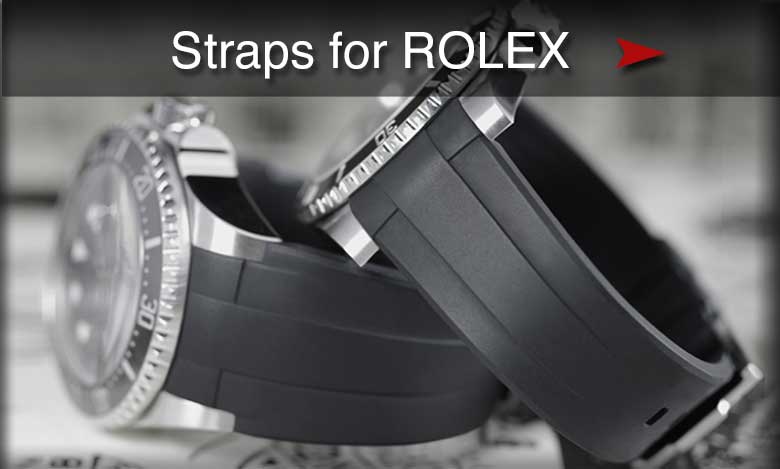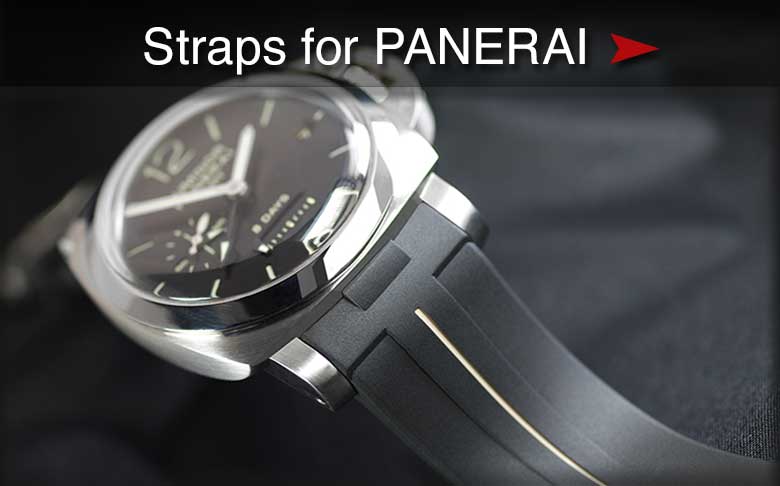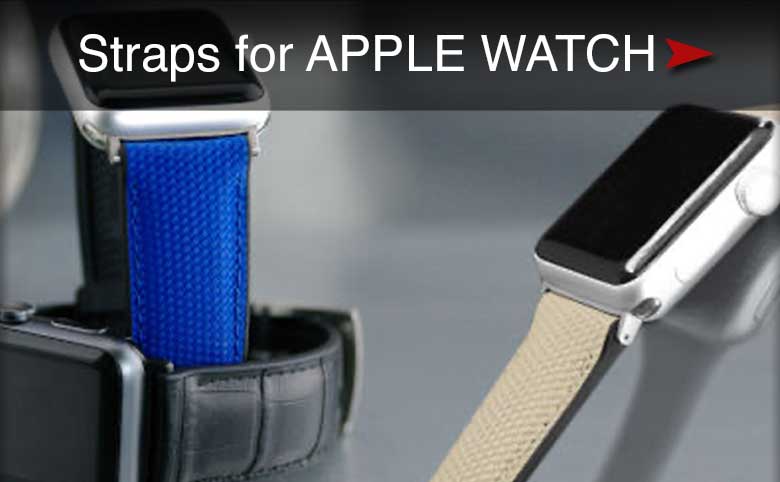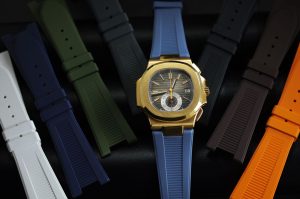
While Rolex offers different configurations of their classic wristwatch models, their bracelet types are less varied. The three bracelets shown above, the Jubilee, Oyster and President are their most popular. They each have their own legacy and aesthetic details that dictate on which models they are available. While watchmakers like Panerai offer a variety of choices when it comes to straps and bracelets, Rolex limits their model configurations to the bracelets they choose to offer.
Oyster Bracelet

The Oyster bracelet, their most common, was introduced in the late 1930s. It features broad, flat three-piece links and can be equipped with every type of clasp offered by the watchmaker. The Oyster bracelet in the photo above is made from brushed stainless steel with polished center links. Fitted with an Oysterlock clasp, this is the most universal bracelet and clasp combination offered by the watchmaker. The configuration shown above is offered on the GMT-Master II and the Oyster is available on all of the watches in their Professional collection.
Jubilee Bracelet

The next bracelet introduced by Rolex was the Jubilee, which was launched on the Oyster Perpetual Datejust in 1945. This five piece link comes with either an Oysterclasp or a Crownclasp, as shown in the photo above. When the Crownclasp is buckled, the blades are hidden under the bracelet and all that shows is the crown. This bracelet is commonly seen in two tones, but is also available in steel, gold or platinum.
President Bracelet

The President bracelet, featuring three semi-circular links as shown in the photo above, was created in 1956 for the launch of the Day-Date model. The Day-Date would later be referred to as the ‘Presidents’ Watch’ and many refer to configurations with this bracelet as a ‘Rolex President’ to this day. It is always fitted with a Crownclasp.
For more information on Rolex’s bracelet options, including the less common Pearlmaster and Oysterflex, visit their official website at rolex.com.


















